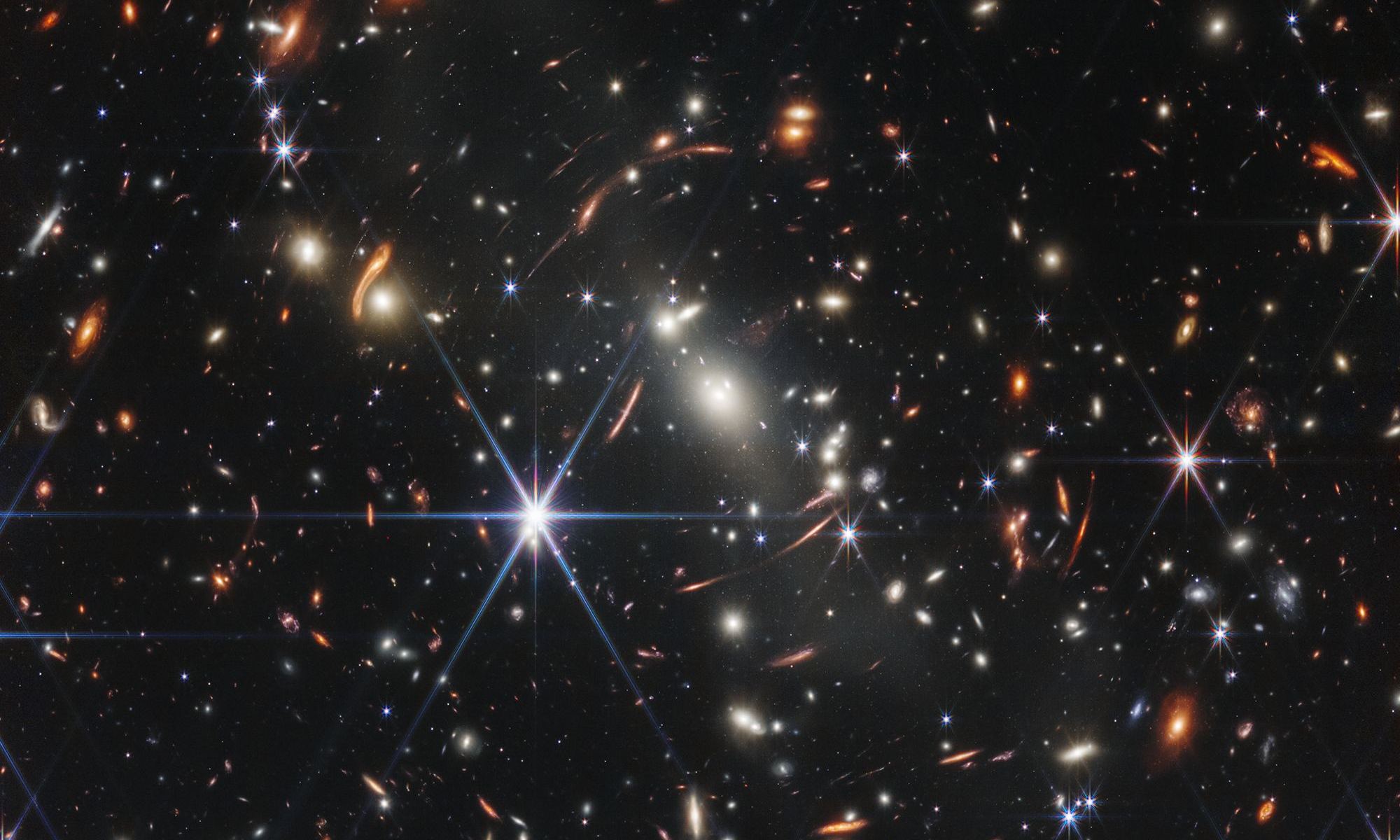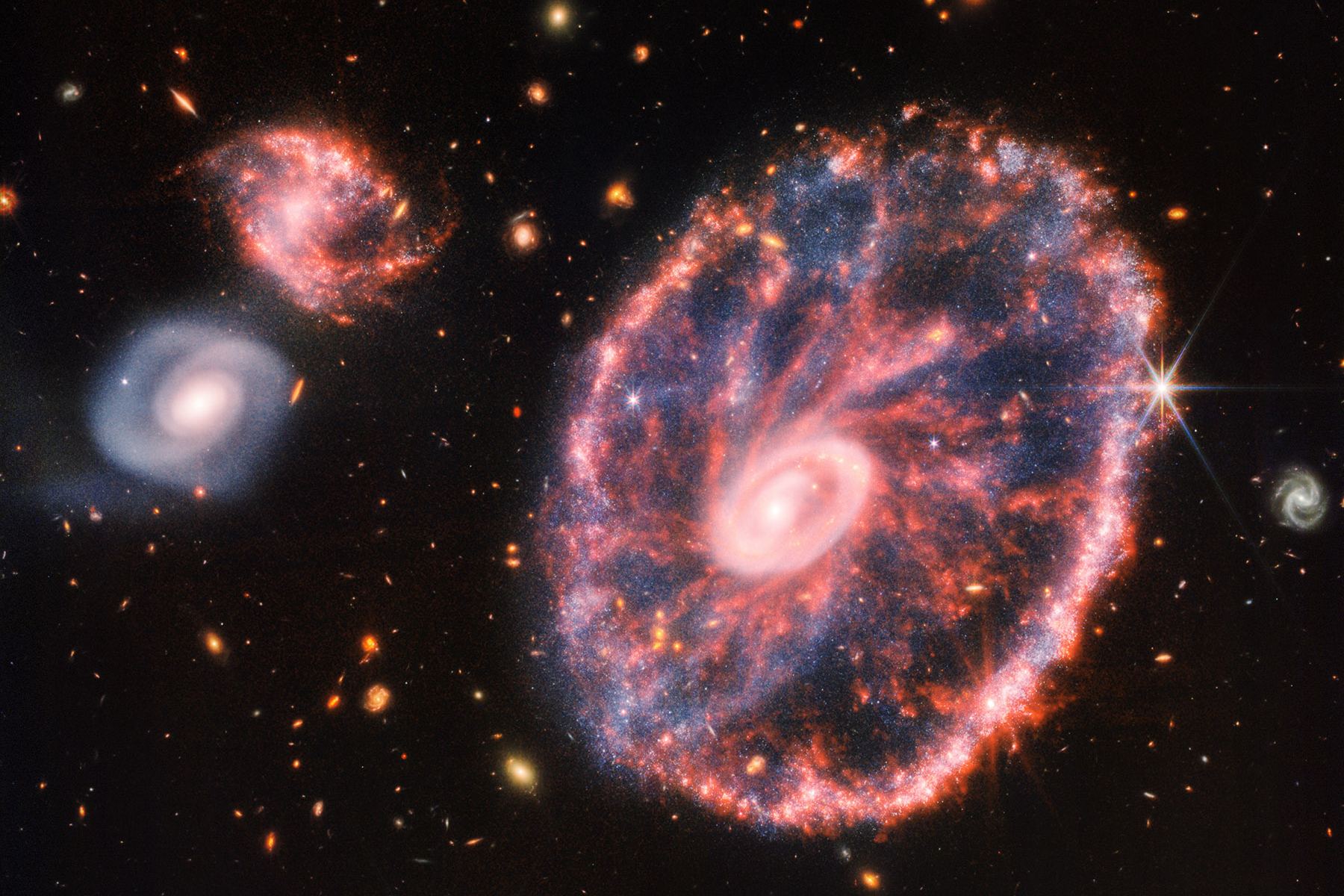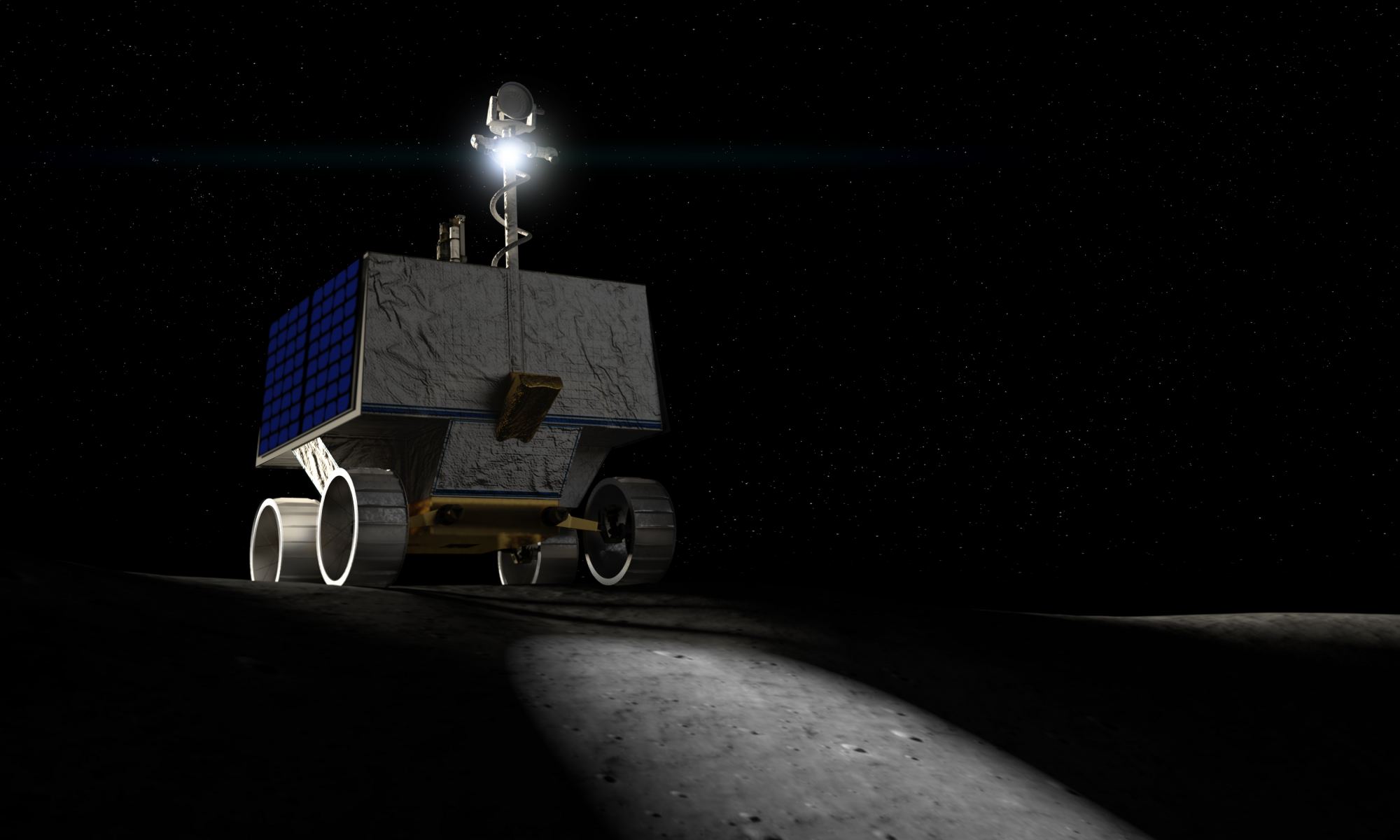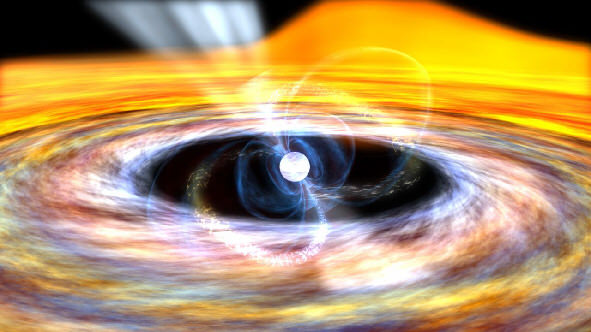For a spacecraft that’s traveled millions of kilometers across space and driven on the surface of Mars, Curiosity is holding up pretty darned well. That’s the assessment from the operations team at NASA Jet Propulsion Laboratory. This week they celebrated ten years of the rover’s exploration across one of the more forbidding terrains in the solar system.
Continue reading “It’s Been 10 Years Since Curiosity Landed on Mars, and the Rover is Still Going Strong”It’s Been 10 Years Since Curiosity Landed on Mars, and the Rover is Still Going Strong






![Artist’s impression of one of the two stars in the FU Orionis binary system, surrounded by an accreting disk of material. What has caused this star — and others like it — to dramatically brighten? [NASA/JPL-Caltech]](https://www.universetoday.com/wp-content/uploads/2020/02/PIA20689_fig1.jpg)



